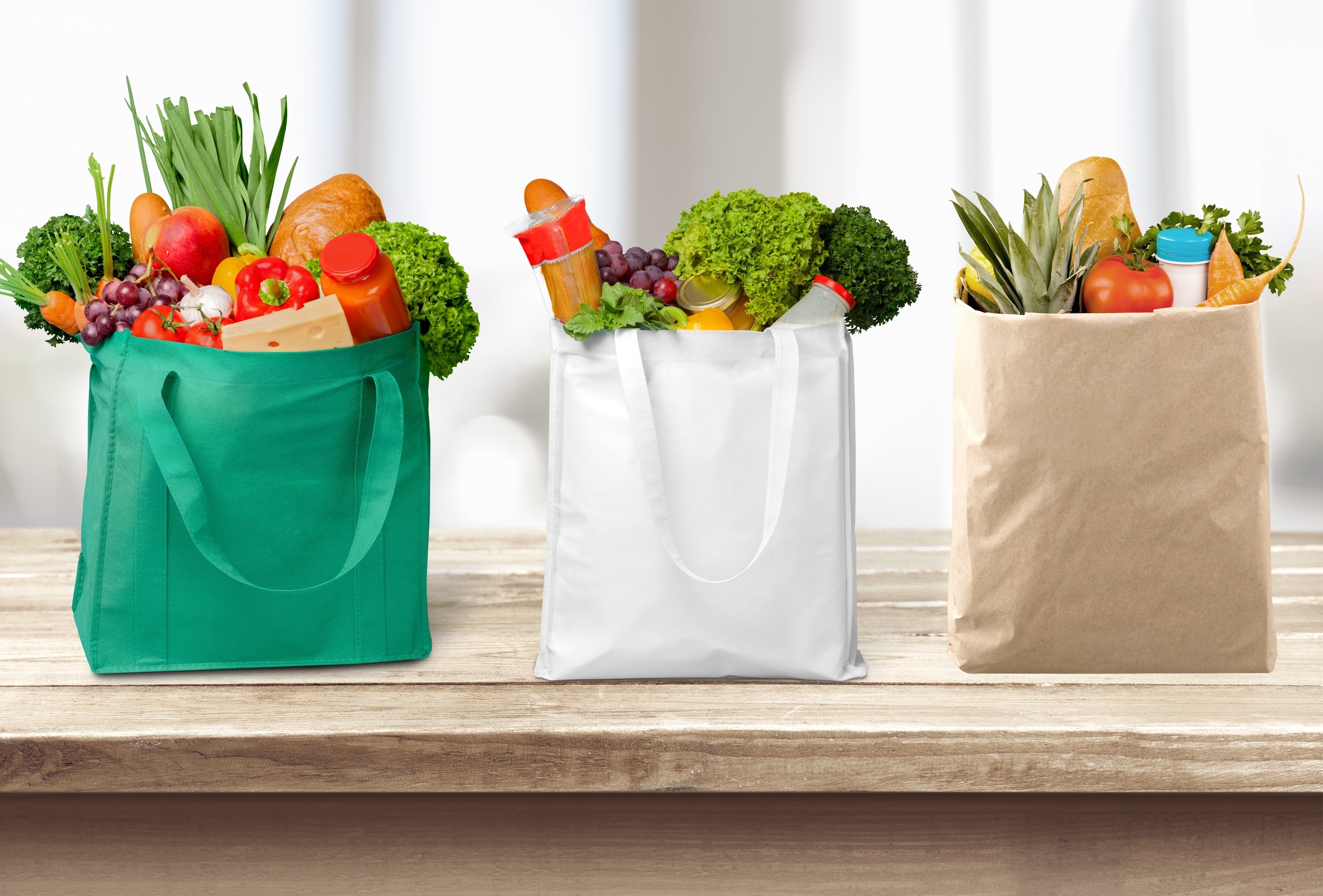With the growing concern of climate change, different approaches are being taken to prevent future damage. Consumer-oriented environmental action involves creating products that are better for the environment in replace of current products that are bad for the environment. In this post, I will be focusing on electric cars and reusable grocery bags. Specifically, if they have been successful and if they are really helping the environment.
Electric cars have become more popular in the past decade. Roughly 6% of all vehicles sold in 2022 were electric, which is an increase from about 3% in 2021. Conventional vehicles use internal combustion engines that run on fossil fuels, emitted harmful greenhouse gases into the atmosphere. Electric vehicles use electric motors powered by lithium-ion batteries, which can be recharged by external power sources. Not only do

electric vehicles decrease the pollution directly from the vehicle, but they also limit the amount of pollution generated during the oil extraction process. Although the creation of electric vehicles and the batteries might be a little worse for the environment, the overall life cycle is better than that of a conventional vehicle. According to one report, just over half of of passenger cars sold in the US are predicted to be electric by 2030. So far, electric cars have been successful and are gaining popularity.

Over the past decade, you might have noticed that more and more places are selling reusable shopping bags. I remember a few years ago, my local grocery store (G&E) just stopped provided plastic bags, forcing customers to either buy the reusable bags they were selling, or lug all of their groceries out in their arms (which is what I ended up doing). They received many complaints from the public and within only a few weeks started providing brown paper bags. Currently, 8 states have banned single-use plastic bags, and many are using either brown paper bags or reusable bags. According to National Geographic, there are pros and cons to each of the bag options (plastic, paper, reusable). Although the production of plastic bags results in minimal environmental damage, few people recycle them and they become litter that is not biodegradable. Paper bags are easier to recycle and are biodegradable, but the manufacturing process results in much more environmental harm. Surprisingly, one study from the UK found that to have a comparable environmental footprint (factors in both climate change and other environmental effects) to plastic bags, a cotton bag potentially has to be used thousands of times. But, nonwoven polypropylene bags only have to be used 11 times to break even with the footprint of plastic bags. Overall, regardless of the material the bag is made from, it is most sustainable to use the bag you already have and continue to reuse it, and if possible, eventually recycle it.
Ultimately, electric vehicles and reusable grocery bags each have been created in effort to help the environment and their success heavily relies on the decisions of the consumer.
I totally agree with you for the plastic bags. We are the only country in the world that provides bags for free. If we charged even 2 cents per bag, people would start to limit their use and reuse them later on. However, I think for the electric vehicle point, it’s important to understand where the energy is coming from (usually natural gas) which isn’t so clean after all.